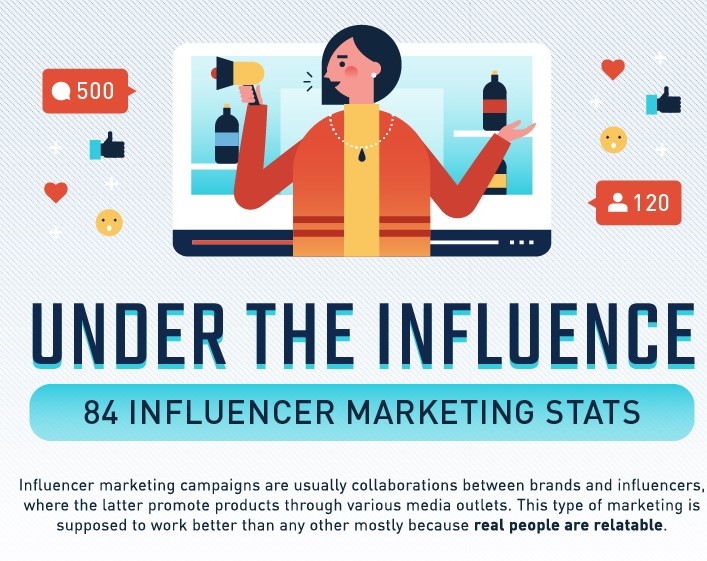
Influencers are everywhere these days. You’ll see them at the top of the newsfeed, posting content that can garner thousands of likes. They might even have “influenced” you to purchase a product at some point.
Influencers are most commonly found on digital platforms like Instagram, YouTube, Facebook, and Twitter, and have anywhere from hundreds to even millions of followers.
The influencer could be that guy on Twitter who runs an established digital marketing agency and loves sharing visually engaging tweets to his thousands of followers, or a fresh-faced, relatable girl on Instagram whose skincare and makeup tutorials have generated a cult following.
To put it simply, they are individuals who can drive high engagement whenever they share or talk about their particular expertise, interests, or niche areas on their preferred platform.
Why Do Brands Love Collaborating with Influencers?
Based on a 2015 statistics report, 65% of brands collaborate with influencers as a marketing tactic, and 2017 saw them generating a return on investment of $6.78 for every $1 spent on influencer marketing.
The numbers suggest that consumers trust influencers, and they consider influencers to be more authentic than actors, musicians, athletes, and other celebrities. The relatable charisma of influencers prompted 51% of savvy marketers to put their trust in them as well.
In addition to driving authentic engagement and expanding their reach, the key objectives of business owners and marketers who run influencer marketing campaigns are to increase brand awareness and drive conversions. By deploying an effective campaign and building a solid relationship with the influencer, brands can obtain quality results.
For even more interesting influencer marketing facts and statistics, check out the captivating infographic below from SmallBizGenius.

Business Tips and Industry News
For more news and tips on all things business and e-commerce, visit our e-zine. Our e-zine is also available as an rss feed.



